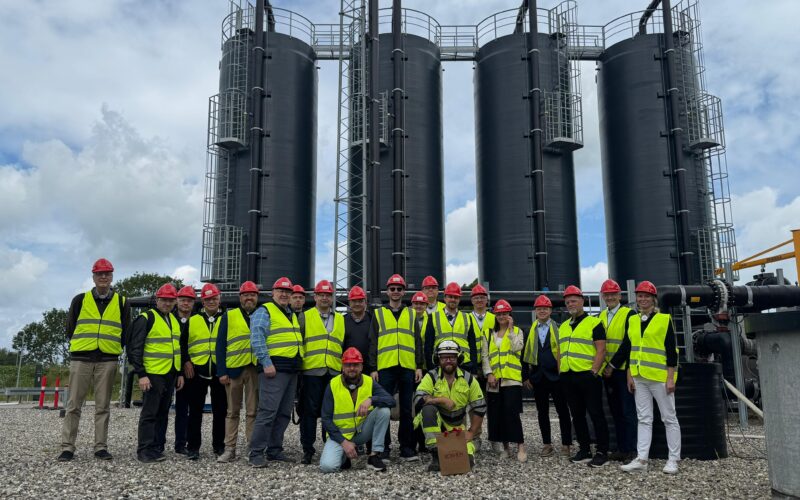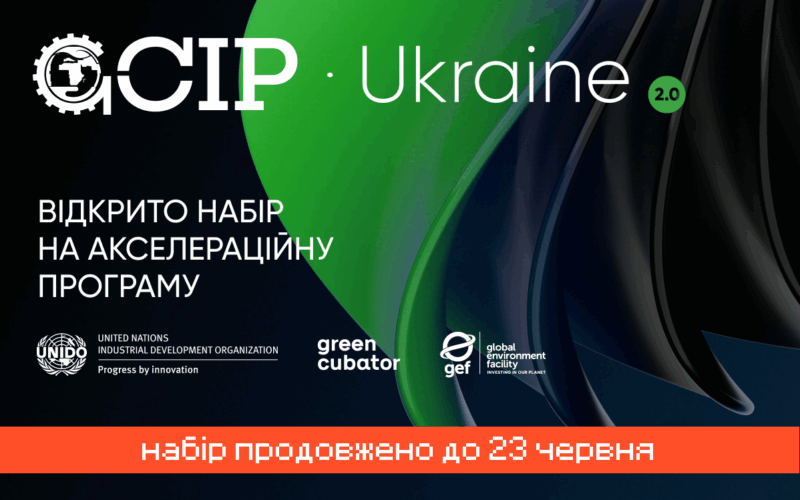Korskro biogas plant (Denmark) – element of the circular economy
The plant is producing around 22 million Nm3 (2750 m3 of biomethane / hour) of biomethane that is injected into the natural gas network.
- 22 million m3 of biomethane annual production capacity.
- In operation since 2019.
- Owned by the company Nature Energy, Denmark.
- Location: Korskro, Denmark.
Nature Energy – Denmark’s largest producer of biogas. It operates 10 biogas plants, as well as builds new and expands existing ones.
Biogas has the potential to become the third pillar of the green transition – along with sun and wind – all round the world.
Trine Birgitte Dalsgaard, Chief Business Development Manager with Nature Energy.
At the Korskro biogas plant, the company has started to capture CO2 for use in the food and beverage industry. This further reduces CO2 emissions from the biogas plant improving sustainability and again highlights that biogas is an exemplar of the circular economy in practice, beyond energy, transport fuel, and agriculture.

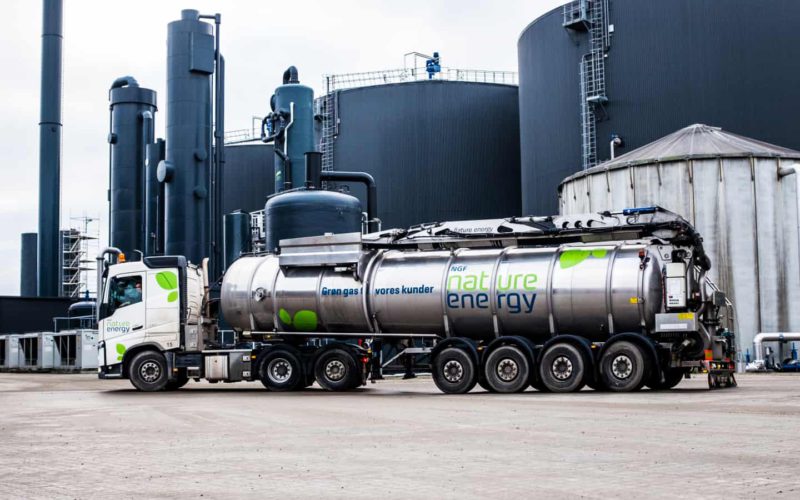
Raw materials
The biomethane plant in Korskro processes about 500,000 tons of biomass annually, of which about 75% is manure and litter from cattle, pigs, and minks. It supplies about 100 farmers from the 25-kilometer zone around the plant. And other 25% of biomass is industrial waste and glycerol and beet molasses, which are fed irregularly to maintain biology and guarantee maximum power. 460,000 tons of digestate are returned to the soil as organic fertilizer. Following the ongoing expansion, the plant will be able to process up to 1 million tons of food waste and agricultural residues annually.
Why is Denmark an ideal country for biogas use?

Denmark is ideally placed to capitalize on biogas. Its gas grid has vast caverns which can store one-third of annual consumption. ‘The storage capability of Denmark’s grid is 85,000 times that of Elon Musk’s battery. The Danish grid is on a completely different scale; it is a super way to have a backup for wind and solar and that of course needs to be green. It is the golden opportunity for the gas grid.’
Despite uncertainty surrounding ongoing support for the sector beyond 2022, when the current subsidy regime comes to an end, Nature Energy remains bullish with its expansion plans.
Within Denmark, the near-term goal of the sector is to reach 50% biomethane in the grid by 2025, and 100% by 2040. “Fifty percent is the tipping point. That is when people will talk about biogas as they talk about wind and solar, recognizing wastes as the primary source of gas and not the fossil gas.”
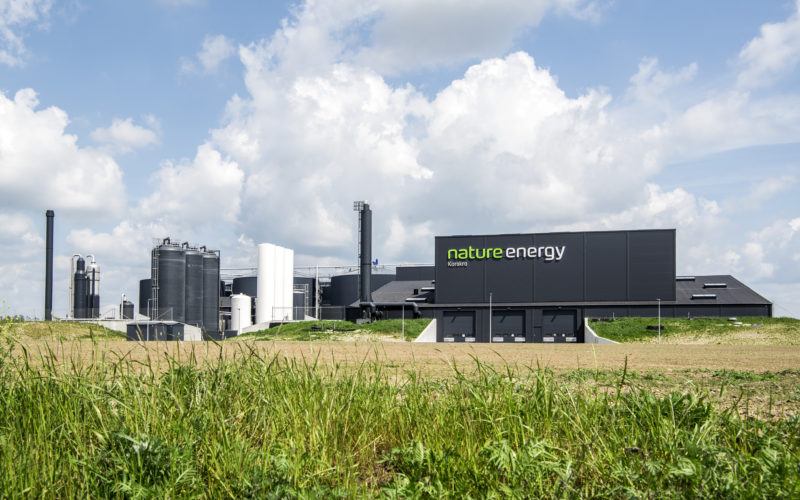
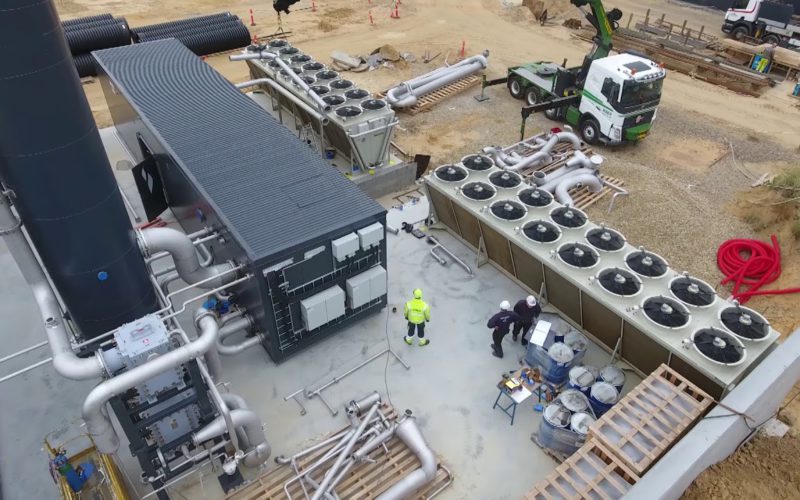
Technical features of the plant
- Being able to take all organic wastes, locally sourced within a 25km radius is the vision.
- The best types of raw materials are paid.
- High DM feedstock is fed through the X-Hopper (hammermill and macerator) and mixed with digestate. Glycerol and beet molasses can be fed directly into the fermenters (digesters) from heated storage tanks.
- Liquid feedstocks are passed through a heat exchanger with excess heat from the upgrader to increase the substrate temperature to 50℃ prior to entering the fermenters/digesters.
- Only the food waste, which is de-packaged and pumped to the site from an adjacent facility, is pasteurised using heat from the gas upgrading system.
- The feedstock is fed into the digesters, the original plant had three digesters with a capacity of 8,500m3 each. The expansion has added three further digesters with a capacity of 9,500m3 each.
- The plant uses a de-sulphurization unit (ESOTEC bioscrubber) following the onsite pre-gas upgrading.
- The plant has both water (Malmberg) and amine (Ammongas) upgrading. The amine upgrader has been installed as part of the plant’s extension.
- The raw biogas is pressurized and passed through the ‘absorber’ column where CO2 is absorbed. A second ‘desorber’ column separates the CO2 from the amine, which is recirculated.
- All biogas is upgraded to the quality of natural gas and pumped into the gas network.
Source: Market state and trends in renewable and low-carbon gases in Europe. A Gas for Climate report. December 2020; Case study 3: Nature Energy.

